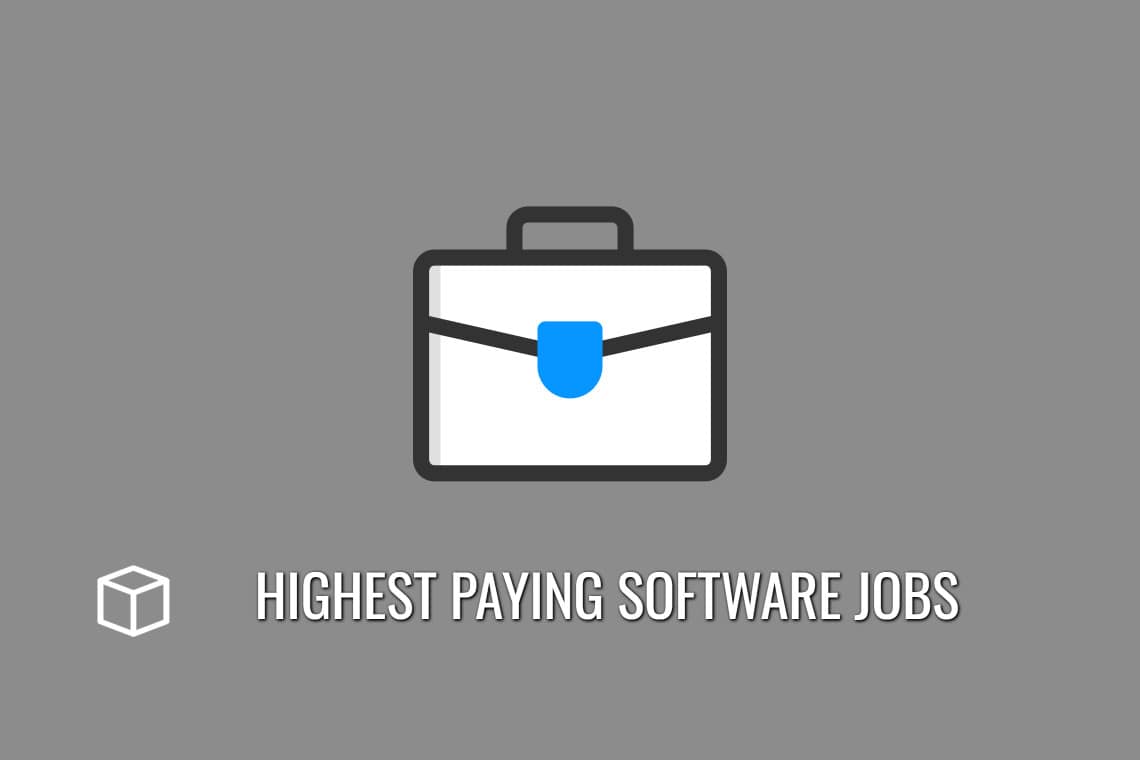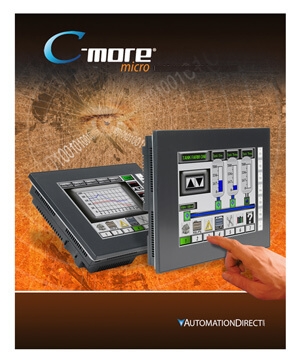
This will give you the default pushbutton selection. You can also use the main menu | Object | Button | Pushbutton… and click on the work area of the screen. The Pushbutton screen window will display. All of the objects will have a parts list. Click and drag the item from the parts list to the screen. This will save time when configuring objects. Note: Choose a preconfigured part from the Parts List window for the object selected. Left click (hold) and drag the Sample-2 under the Parts List for the Pushbutton onto the screen. We will now add a Pushbutton under the Object list window.

Select Screen 4 from the navigation window. This pushbutton object can be assigned a tag name and used to activate or deactivate bits in the PLC. The pushbutton object is an electronic version of a typical pushbutton normally found on control panels. We can control these discrete tags by using a button object to turn them on (1) or off (0). MC21 – Discrete On/Off – Modbus Address 00021 – Read / Write (Tri-State) C-More Button Objectsīutton objects refer to single bits in the PLC. MC20 – Discrete On/Off – Modbus Address 00020 – Read / Write (Tri-State) MC19 – Discrete On/Off – Modbus Address 00019 – Read / Write (Step Switch) MC18 – Discrete On/Off – Modbus Address 00018 – Read / Write (Step Switch) MC17 – Discrete On/Off – Modbus Address 00017 – Read / Write (Step Switch) MC16 – Discrete On/Off – Modbus Address 00016 – Read / Write (Step Switch) MC15 – Discrete On/Off – Modbus Address 00015 – Read / Write (Indicator Button) MC14 – Discrete On/Off – Modbus Address 00014 – Read / Write (Radio 3) MC13 – Discrete On/Off – Modbus Address 00013 – Read / Write (Radio 2) MC12 – Discrete On/Off – Modbus Address 00012 – Read / Write (Radio 1) MC11 – Discrete On/Off – Modbus Address 00011 – Read / Write (Switch Toggle) MC10 – Discrete On/Off – Modbus Address 00010 – Read / Write (Pushbutton) We will use the following addresses to control the button objects on the cmore HMI.

Our new screen is now ready for us to add buttons. We can now go back to our newly created Object Buttons screen page 4 from our navigation window. Under the Screen tab, select the 4 – Object Buttons and hit the Add button so it moves it over to the Current Screen Buttons. We must now add our new screen so we can select it when using the common screen menu. Turn off the edit mode under the property list. Select Common Screen Menu under the background screen. Under the property, list window turn on the editing and enable the show background. The screen description can be used to describe the screen. Select new screen under the main menu | Screen | New Screen…Īlternatively, we can also use the icons in the Navigation panel.
#C MORE PROGRAMMING SOFTWARE KEYCODE SERIES#
(C-More EA9 HMI Series Panel Object List Shapes). We will be adding to the program we created last time.

Watch the video below to see the Object Buttons in action on our C-More EA9 HMI Panel. Panel to PLC and PLC to Panel Settings – Video – Establishing Communication and Updating Firmware Video Previously in this C-More EA9 HMI Panel series, we have done the following: The button objects that are available on the C-More EA9 are Pushbuttons, Switches, Radio Buttons, Indicator Buttons, Step Switches, Tri-State Switches, and Key Buttons. Pushbuttons, Switches, meters, and graphs are just a few of the objects that are available to you.Ĭontinuing from last time we will now look at the object buttons that we can use with our HMI panel. These objects are programmable to simulate the functions that you require on your automation project.

The C-More HMI Panel software uses virtual components called Objects.


 0 kommentar(er)
0 kommentar(er)
